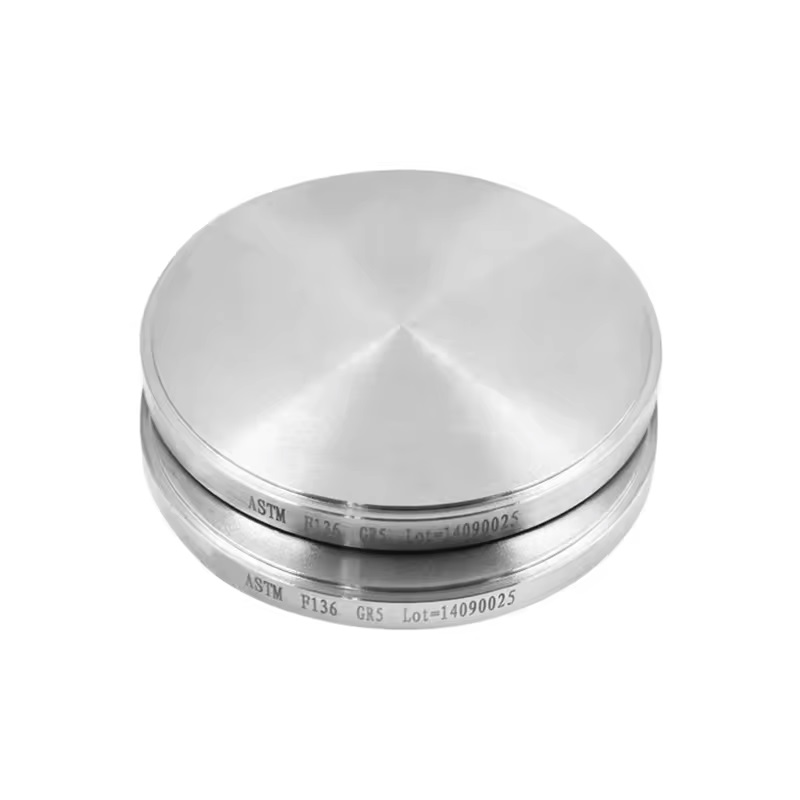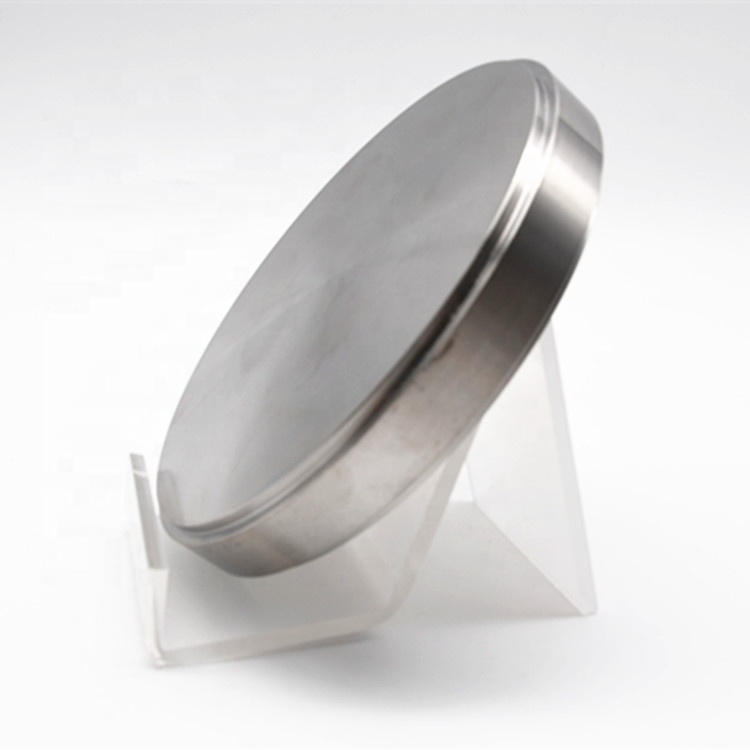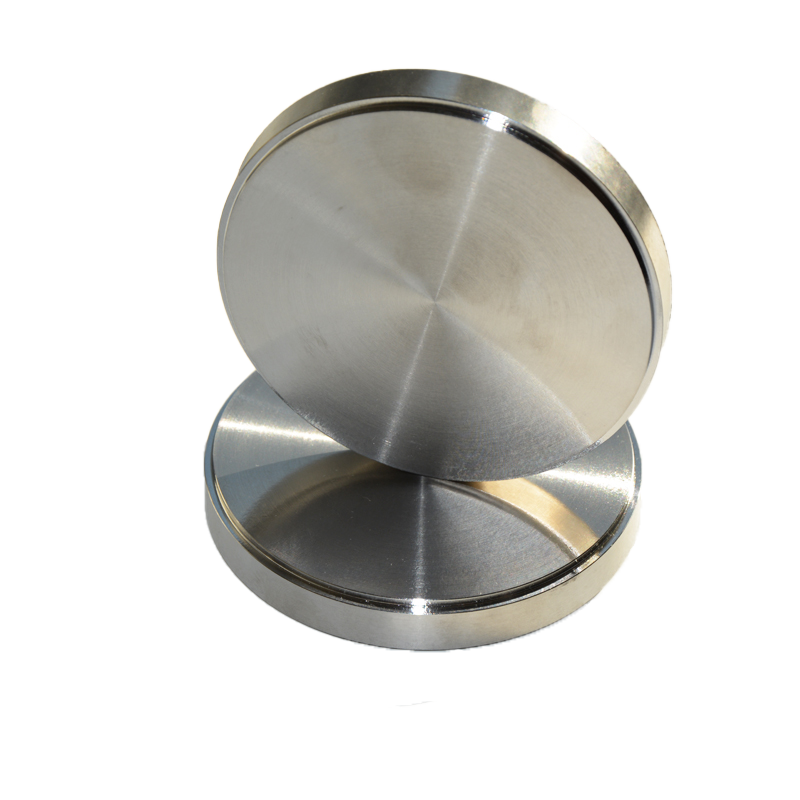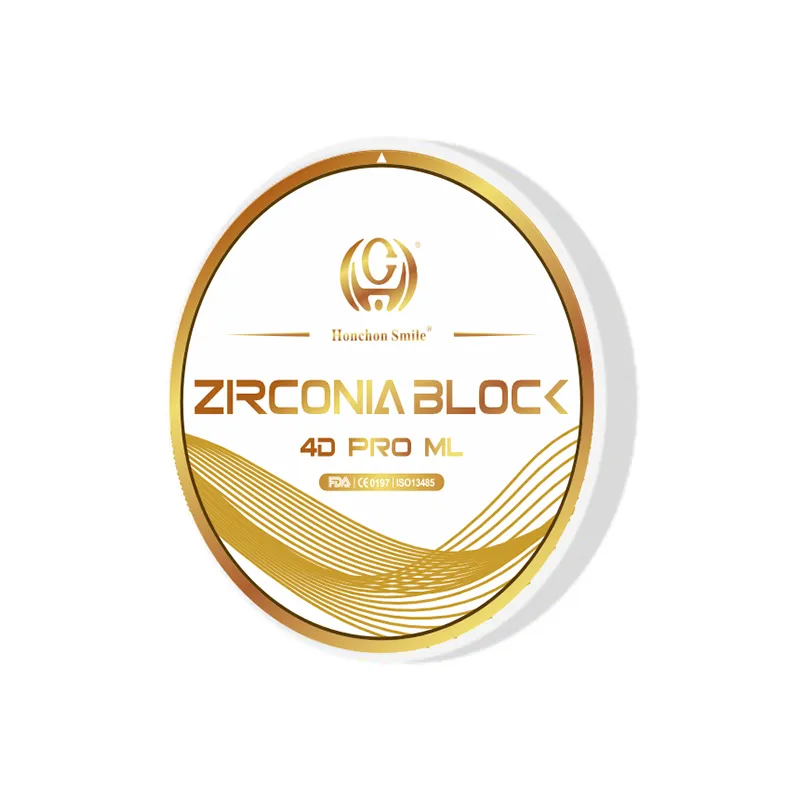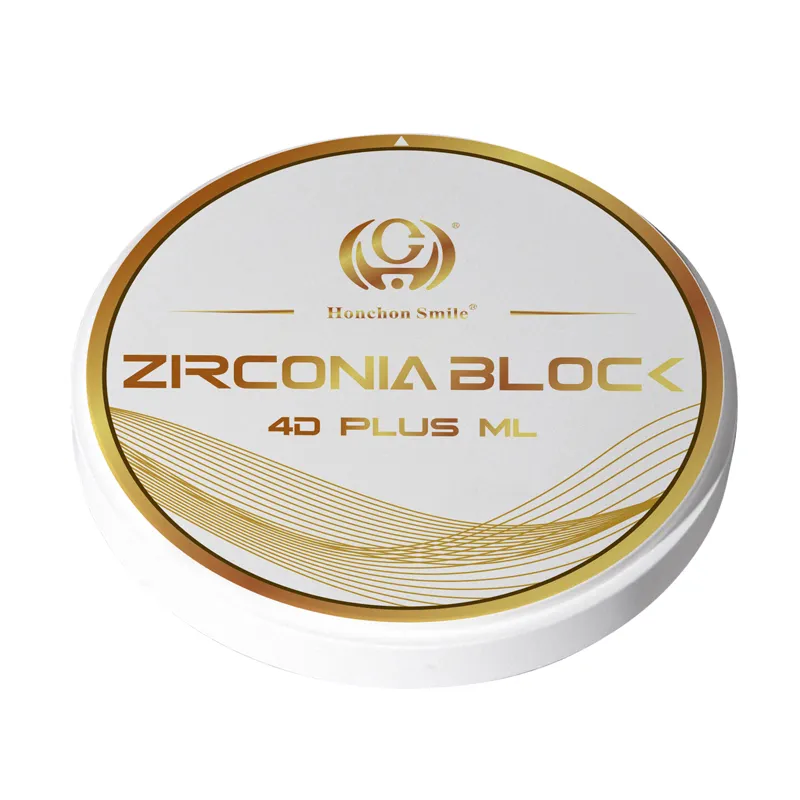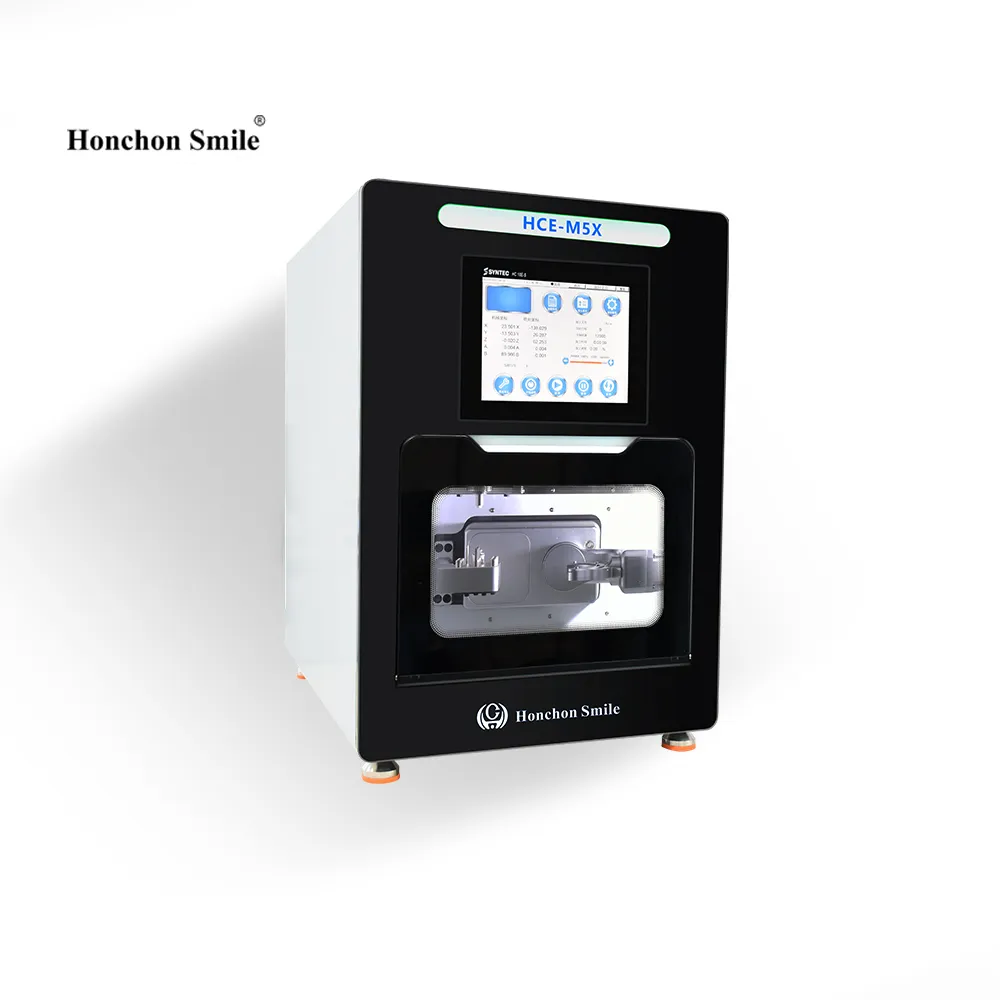Honchon Dental Titanium Discs For crowns, bridges and implant restorations
We offer titanium discs in two models** Grade 2 titanium (Grade 2) and Grade 5 titanium (Grade 5)** with stable material and fine microstructure for various dental restoration solutions.
Grade 2 Titanium (Grade 2)
Suitable for general crown and bridge fabrication, characterized by good ductility, corrosion resistance, easier processing and suitable for daily clinical use.
Main components and properties:
Titanium content: pure titanium mainly
Tensile strength: ≥345 MPa
Yield strength: ≥275 MPa
Elongation: ≥20%
Sectional shrinkage: ≥30
Impurities control: C ≤ 0.08%, Fe ≤ 0.3%, N ≤ 0.03%
Grade 5 Titanium (Grade 5 / Ti-6Al-4V)
Ideal for restorative projects with higher strength requirements, such as crowns, bridges and implant restorations. This model strikes a good balance between strength and weight, being both strong and lightweight.
Main components and properties:
Aluminum (Al): 5.5-6.5%.
Vanadium (V): 3.5-4.5%
Tensile strength: ≥860 MPa
Yield strength: ≥795 MPa
Elongation: ≥10%
Sectional shrinkage: ≥25
Impurities control: C ≤ 0.08%, Fe ≤ 0.25%, N ≤ 0.05%, H ≤ 0.012%
Product Advantages
Fine microstructure, easy for precision processing
Good material stability, small dimensional changes after processing
Support high strength load, not easy to break after long-term use.
Applicable to various CAD/CAM systems
Cases & Feedback
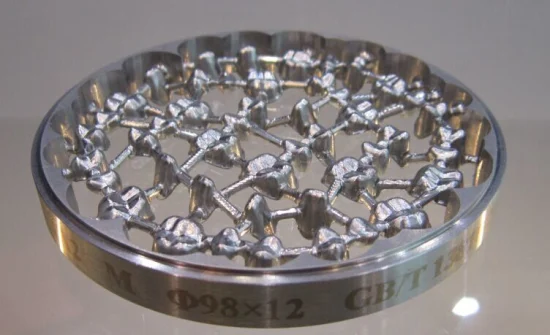


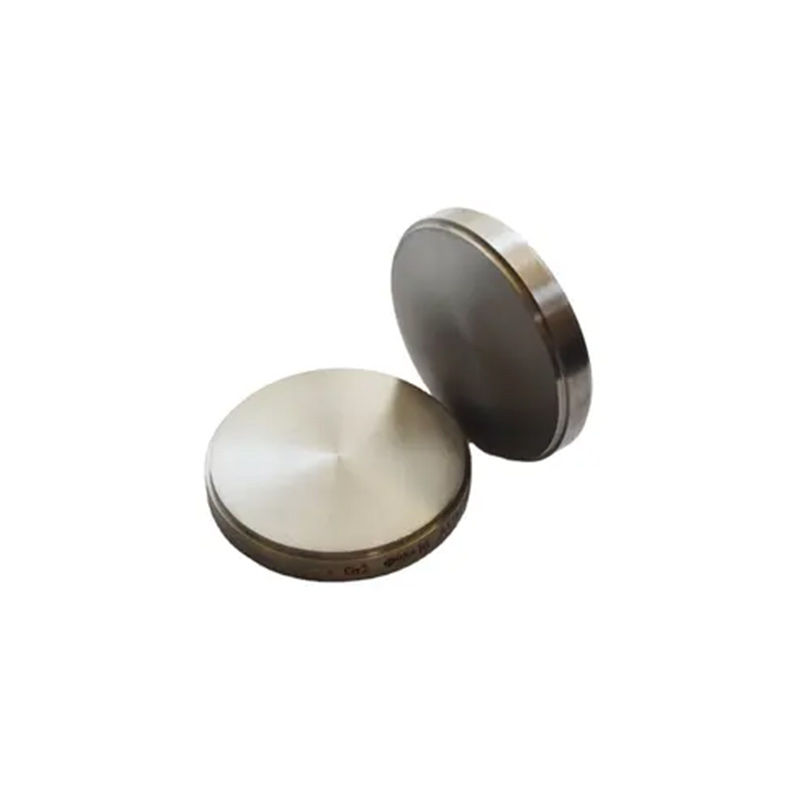
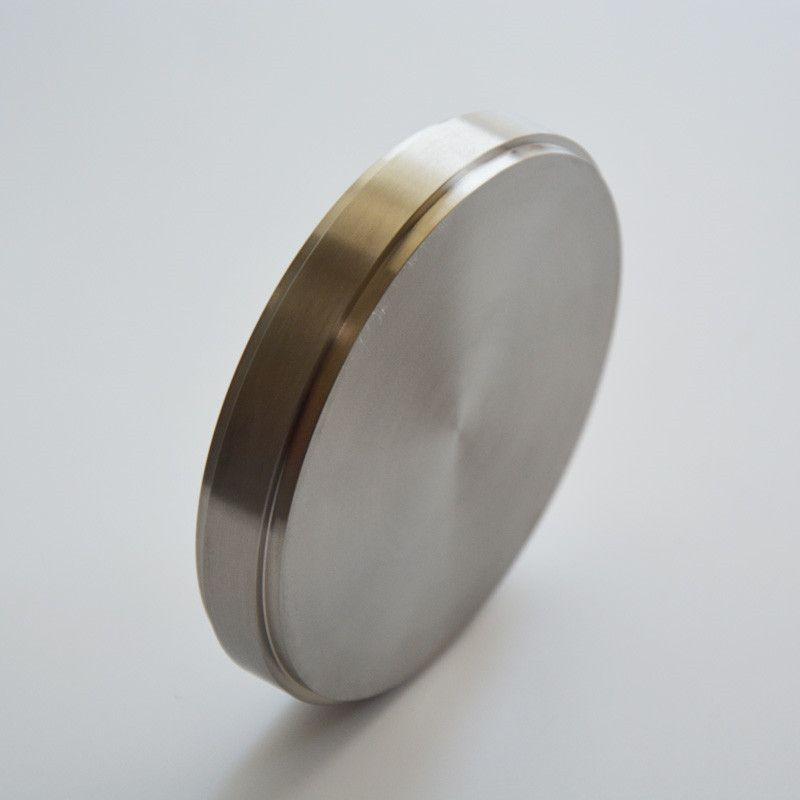
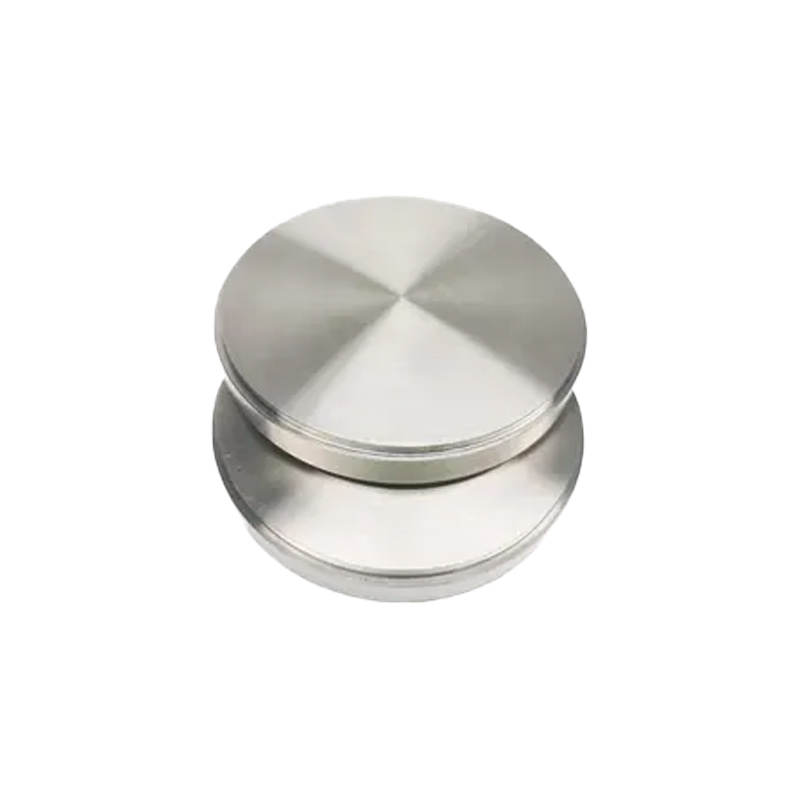
.jpg)
